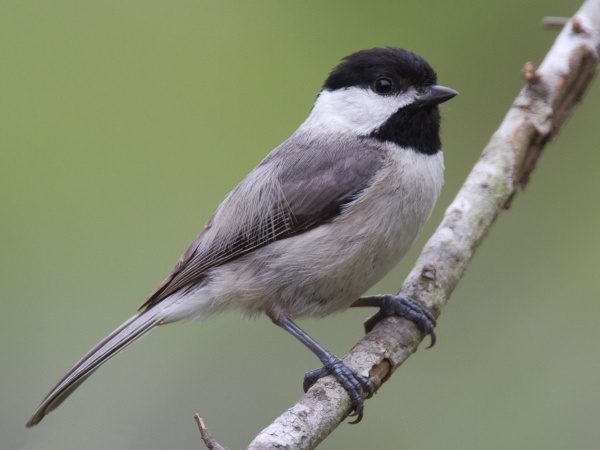Facts About Carolina chickadee
The Carolina chickadee is an endearing small bird from the tit family, Paridae. Although many tits are classified under the Parus genus, research indicates that the Carolina chickadee is more appropriately placed in the Poecile genus. Acknowledging this, the American Ornithologists' Union formalized the reclassification in 1998.
These tiny birds measure approximately 11.5 to 13 cm in length and weigh between 9 and 12 grams. They feature a distinctive black cap and bib, with white patches on the sides of their face and underparts, complemented by a hint of rusty brown on their flanks. Their backs are a soft grey. They can be distinguished from their close relative, the black-capped chickadee, by their slightly browner wings, shorter tails, and unique vocalizations.
Speaking of vocalizations, the Carolina chickadee has a repertoire that includes the familiar "chick-a-dee" call and the "fee-bee-fee-bay" song. However, distinguishing them from black-capped chickadees by sound alone can be challenging.
You can find these birds in mixed or deciduous forests throughout the United States, ranging from New Jersey to southern Kansas and extending down to Florida and Texas. They dwell in tree cavities and remain in their range year-round.
Regarding their diet, Carolina chickadees primarily consume insects during the summer. As winter approaches, they supplement their diet with seeds and berries. Remarkably, they can lower their body temperature to conserve energy during extreme cold, entering a state known as torpor.
In the fall and winter, Carolina chickadees often collaborate with other bird species to forage more efficiently. Their social interactions have been studied to understand how social complexity influences vocal complexity.

 Mexico
Mexico